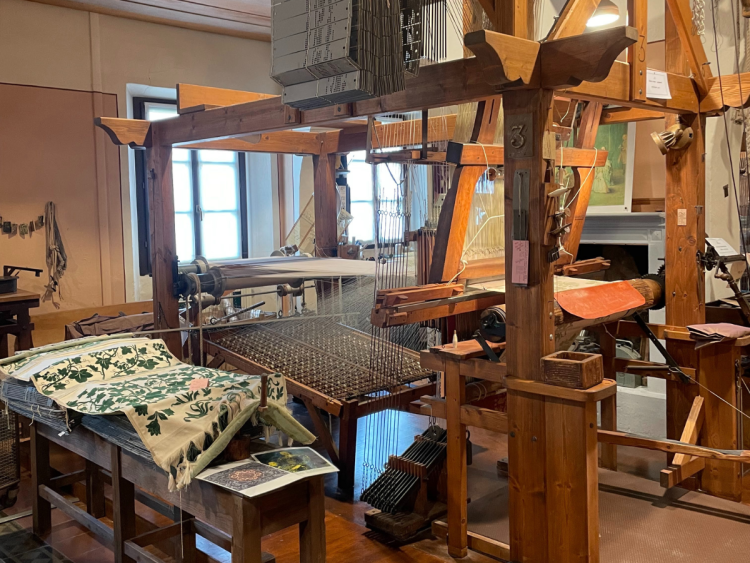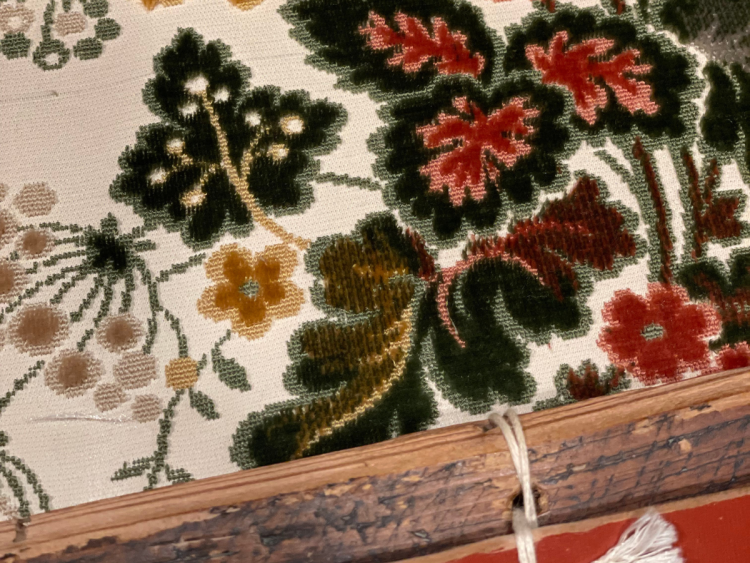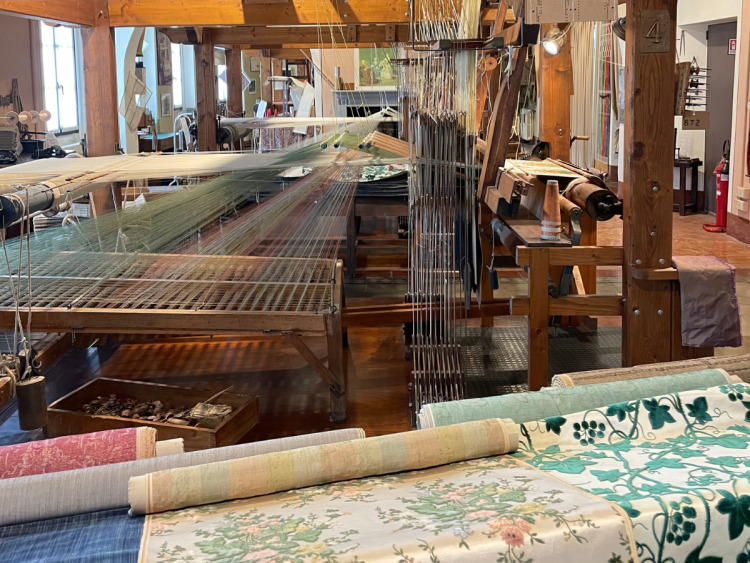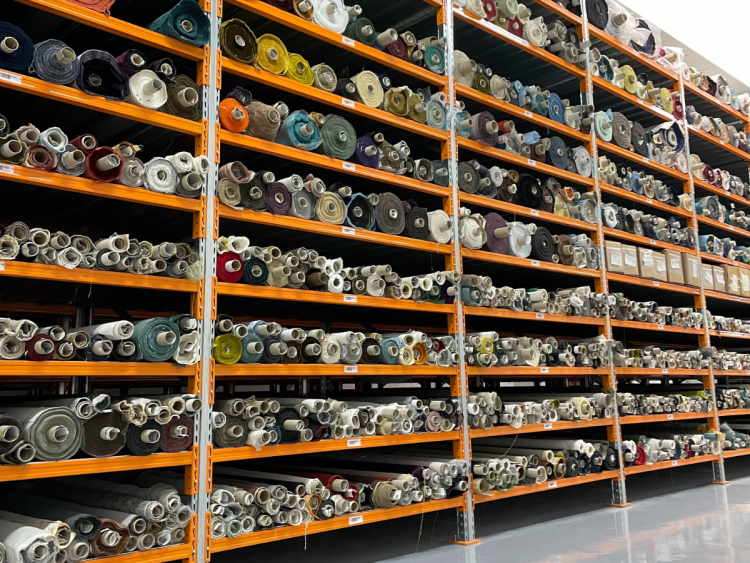Heritage and technology collide at the Italian HQ.

While Milan was abuzz with the electricity of Design Week and Salone del Mobile, the DLN slipped away for an afternoon spent visiting the source of some of this magic. The Rubelli mill, located just north of Milan towards the silk specialty region of Como, has been the heart of the Venetian company since 2003, when Rubelli consolidated its weaving here, in a sleepy town where the 300-year-old brand has operated a mill since 1984.

Here, Rubelli manufactures 80% of its product in an outfit that spans the veritable history of jacquard weaving. Step inside the 1880 building, and the first thing you’ll notice is a rhythmic beating reverberating through the floors. This is the sound of the oldest machines in Rubelli’s factory, jacquard looms built in Venice at the beginning of the 19th century. While Rubelli has transitioned to automatic looms for many of its textiles, cut velvets are still made the way they were some 300 years ago, with an artisan performing the precise dance of the weave, throwing a shuttle back and forth and pulling weft through warp with a foot pedal.
“Textiles are the most basic, simple structure you could think about.” – Andrea Rubelli
These hand looms produce just 10 to 15 inches of textile a day, with patterns of cut and loop velvet, whose structure necessitates weavers inserting thin wires to hold the threads into loops—then either slicing along the weft to produce cut velvet, or pulling our the wire to produce looped, each option resulting in a slight variety of color. (This is why there can be no such thing as pure white cut velvet—the pile of the cut absorbs too much light).

The original hand-operated jacquard looms in Rubelli’s mill operate with the traditional system of punch cards, whose pattern of holes dictate where the weft threads cross the warps (essentially the first use of binary code).
“Textiles are the most basic, simple structure you could think about,” says Andrea Rubelli. “At each structure of warp and weft only two things can happen: warp over weft or way over warp. And by deciding that you create a color.”
“An image is just arranging the pixels of warp and weft,” Rubelli explains. “It’s so simple, but it’s made complicated by the amount of yarns.” Rubelli’s silk velvet has 250 strands per inch of warp and 350 per weft. Warp threads are strung across Murano glass rods, a nod to the looms’—and Rubelli’s—Venetian heritage. So intricate is the setup and so precise the process that some visiting Members couldn’t help shaking their heads in disbelief.
View this post on Instagram
If this room is a nod to the long and rich history of weaving, though, just down the hall is a proud manifestation of its forward-thinking adaptation. In the newest part of the Rubelli mill—completed five years ago—automatic jacquard machines (which cost upwards of $200,000) spin 14,000 strands of silk together, spitting out textile patterns like a sort of 3D printer. Though these machines are operated automatically, there’s always a human touch: artisans are responsible for connecting a new warp onto an old one, a precarious process where one stray strand out of tens of thousand can break an entire pattern. And, though the whirring bobbins and speeding looms look high-tech, over the mechanical din of automated weaving, listen closely and you’ll still hear a rhythmic pumping, the heartbeat of the mill.
